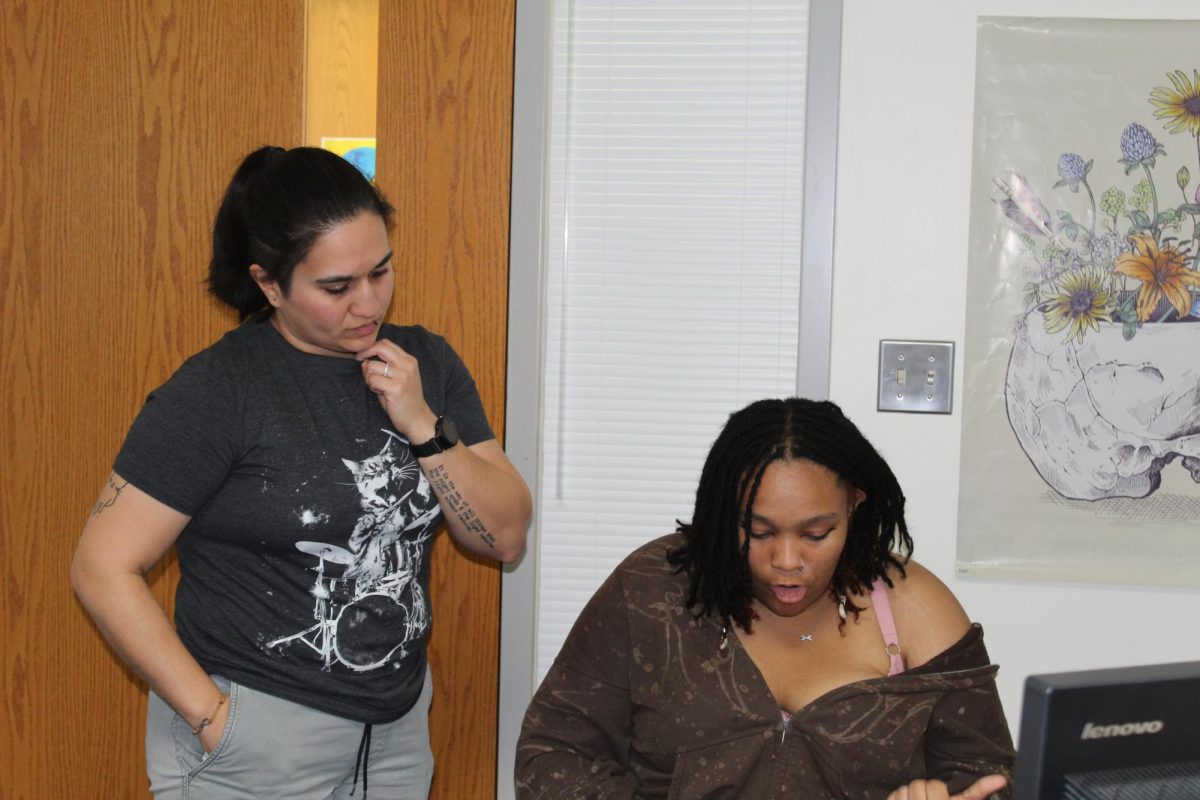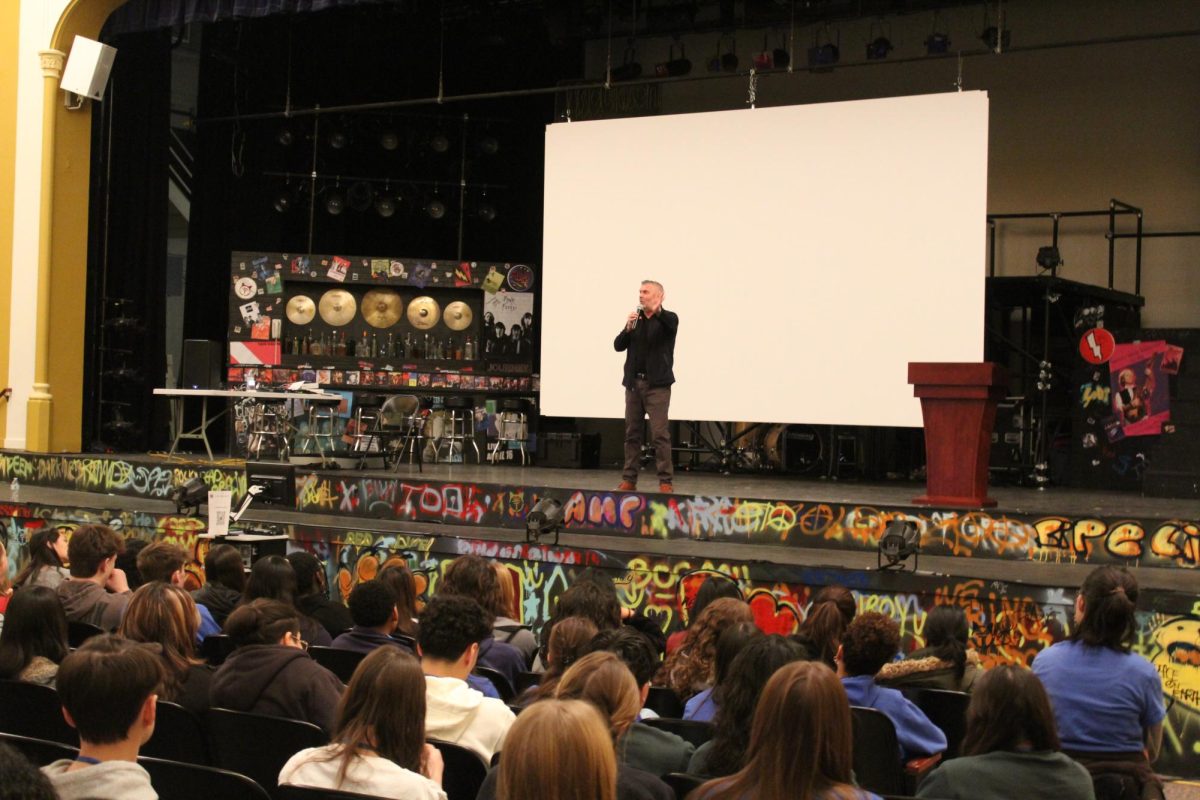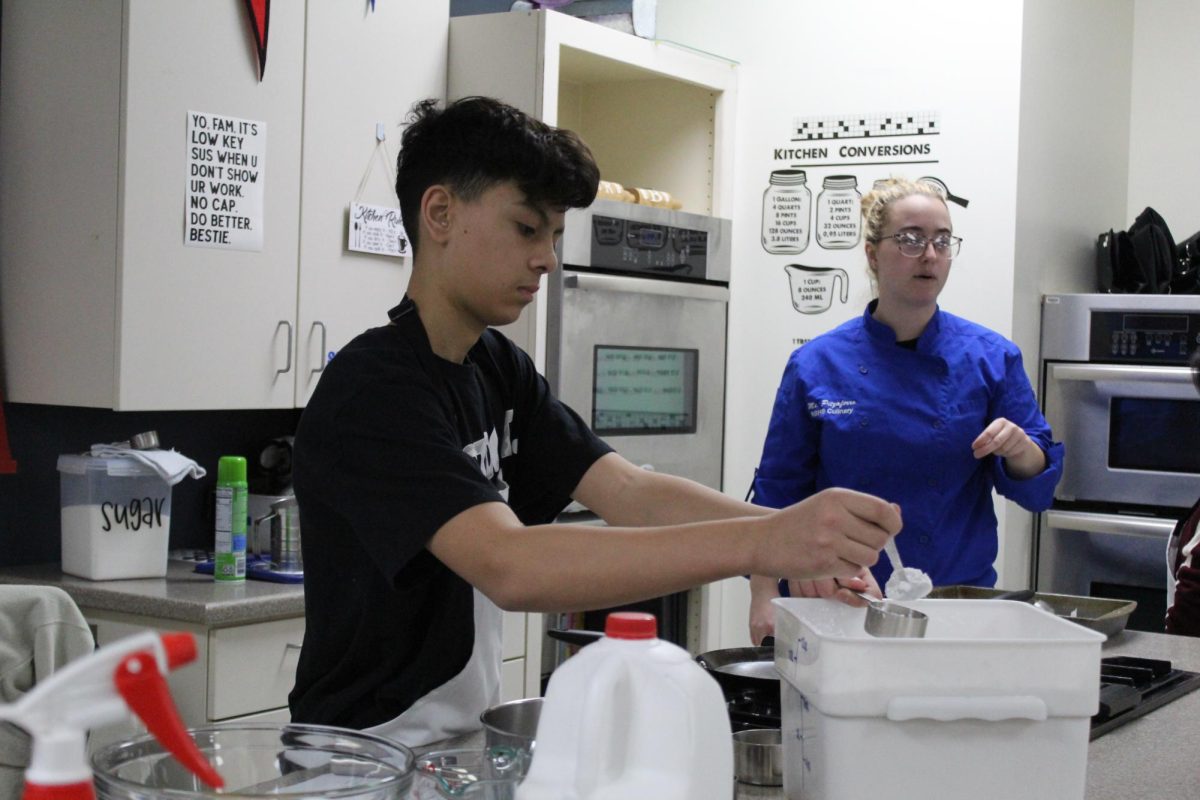On Monday, March 15, a pubic forum was held at RB in the little theater. The focus of the forum was the financial position of the school.
Students may have heard about RB’s financial situation through parents or by reading the local news. It may be confusing and difficult to understand, so here is a general overview of what students should know about.
What is the financial position of RB?
The school’s operating fund, the fund from which the daily operations of the school and teaching salaries are paid, was at a little over $7 million dollars for the fiscal year of 2010. In other words, currently, RB has a “reserve” of approximately seven and a half million dollars.
Why is RB having this financial trouble?
RB’s expenses go up 5-6% a year. The Consumer Price Index (CPI) decides the amount of increase in money received. The average amount is an increase of 2.5% a year, but RB will only receive a 0.1% increase for next year. Therefore, we are spending more than we are receiving.
Different factors play into RB’s financial struggle, and they are not unique to RB alone. RB’s enrollment is increasing and is projected to reach over 1,600 students by the 2014-2015 school year. The state of Illinois has had a difficult time funding schools and has been cutting educational funding. As the economy has suffered, property taxes – the basis on which RB receives a great deal of its revenue – have suffered as well.
What are possible solutions for this?
There are three scenarios laid out by Superintendent David Bonnette:
1) One is to do nothing. If RB does not change the way it spends, by the end of the 2011-2012 school year, RB would have a reserve of only $2.2 million dollars. By the 2013-14 school year, the school would face a $6.65 million dollar deficit. This means that RB will owe that much money. That deficit would increase as the years continued.
2) RB can manage revenue and expenditures. One thing RB would do is increase fees, such as academic, athletic and activity fees. They would do facility rentals and look for commercial revenue, such as increasing revenue for the use of the school’s cell phone tower.
Reducing academic and support staff would cut costs along with reducing retiree services and coaching/activity stipends.
Supply and equipment costs have already been reduced 38%, but reducing them further would also manage expenses. Along with going green, the total would be around $646,488 in cost reductions.
In this scenario, RB would end the 2011-2012 school year with $3.8 million dollars in reserve. However, that number would still be shrinking.
3) The last scenario would be to balance the budget. The most drastic way to accomplish this would be to let go of 19 of the 1st and 2nd year teachers, and seven of the support staff. Cutting back on athletic and activity programs, and reducing supply and equipment costs would give RB a $2,350,219 net savings, effectively balancing the immediate budget.
However, in this scenario, the school would immediately begin losing money, again. By the end of the 2011-2012 school year, it would have a $7.1 million dollar reserve and would still be facing rising costs in the face of shrinking revenues.
According to Bonnette, all three of these scenarios would eventually lead to a referendum, where the school will ask the community to raise their property taxes in order to support the school. The last time a property tax increase discussion occurred (the increase never actually happened), was in February 2008, and the .38 cent increase proposal meant $282.00 more a year of taxes for a home valued at $250,000.
Where does RB’s revenue come from?
RB receives 84% of its money from property taxes. Property taxes increase an average of 2.5% a year, but that number looks to be low for next year.
What kind of things will be cut back for next year?
RB will cut back on technology expenses, supplies and textbooks. There will be cuts on clubs and sports and less money will be spent on equipment. Fewer field trips will also decrease expenses.
Where does all the money go?
Salaries and benefits for the staff account for 76% of the budget. RB also has to pay for technology and energy costs, textbooks and supplies.
What’s the long term picture?
Regardless of which solution the School Board adopts, Bonnette believes that a tax referendum is in the school’s future for next year.





